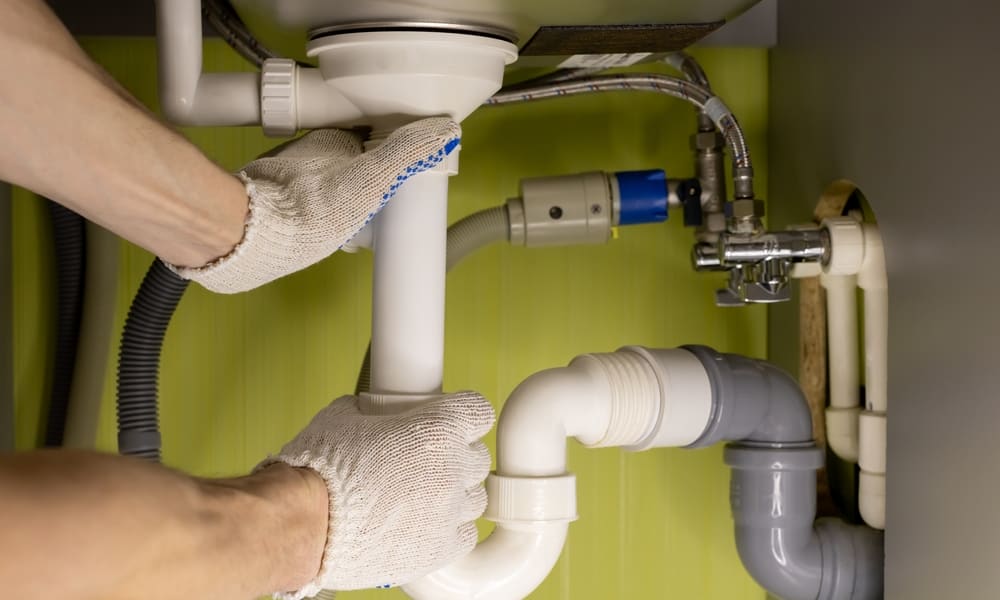PVC Panels for Walls and Interiors: Uses in Bathroom, Kitchen, Home
PVC panels are plastic wall and ceiling coverings made from polyvinyl chloride. They are commonly chosen for interior projects because they resist moisture, are lightweight, and come in many finishes that mimic tile, wood, or painted surfaces. PVC panels can be installed with adhesives or mechanical fixings, require minimal maintenance, and are often used where water resistance and easy cleaning are priorities, such as bathrooms and kitchens. Before choosing panels, review manufacturer specifications for fire rating, heat limits, and warranty to ensure they meet your local building requirements and aesthetic needs.

Are PVC panels suitable for wall applications?
PVC panels are widely used as wall cladding because they are durable and simple to fit. They attach to studs, battens, or flat surfaces with adhesive or screws and typically have tongue-and-groove edges for neat seams. Panels are water-resistant, so they work well in basements or laundry rooms as well as general living areas. Keep in mind wall preparation is important: surfaces should be dry, even, and structurally sound. Check product specs for load-bearing limitations and recommended fixing intervals to avoid warping or buckling over time.
How do PVC panels perform in interior spaces?
For interior design, PVC panels offer a range of textures and colors that can streamline installation and reduce finishing work. They provide a smooth, washable surface that helps control dust and simplifies cleaning. Acoustic and thermal insulation depend on panel thickness and backing; some systems include insulated cores or air gaps behind panels. Because PVC can expand and contract with temperature changes, installers should allow for expansion gaps at edges. For tailored finishes or trim, coordinate with local services or suppliers in your area to match profiles and accessories.
Can PVC panels be used in the bathroom?
PVC panels are commonly recommended for bathrooms due to their waterproof properties and resistance to mold when properly installed and ventilated. They work well for shower surrounds, wet walls, and vanity backsplashes when seams are sealed with compatible sealants. Ensure that fixtures and fittings are fixed through the panels into solid substrates, and that any penetrations are sealed. Avoid using PVC panels in areas exposed to direct, sustained heat (for example immediately behind sauna stoves) because prolonged high temperatures can deform or discolor some panel types.
Are PVC panels suitable for the kitchen?
In kitchens, PVC panels are useful for splashbacks and wall coverings where spills and splashes are frequent. Their smooth surfaces are easy to wipe clean with mild detergents. However, PVC has limited heat resistance compared with tile or metal, so it is important to maintain distance from cooktops and to use heat-resistant trims or tiles immediately behind high-temperature sources. For grease-prone areas, choose panels with a finish designed for kitchens and confirm compatibility with common cleaning products to avoid surface damage or discoloration.
How do PVC panels affect home maintenance and longevity?
Maintenance of PVC panels is generally low: routine cleaning with soapy water or mild household cleaners keeps surfaces hygienic and attractive. Repairs can be straightforward—individual panels can be replaced if damaged—but long-term durability varies by heat exposure, UV light, and installation quality. Consider environmental and safety factors: PVC contains chlorine and may have limited recycling options depending on your area, and fire performance differs by formulation. Verify manufacturer information about VOC emissions, fire ratings, and end-of-life guidance, and consult local services for recycling or disposal options in your area.
PVC panels provide a practical, low-maintenance option for many interior wall and ceiling projects across bathrooms, kitchens, and other home spaces. They combine water resistance and ease of installation with a variety of finishes, but performance depends on correct product selection and professional installation when needed. Review technical specifications, follow manufacturer recommendations for sealing and fixing, and confirm that chosen panels meet local building codes and safety requirements before proceeding.






